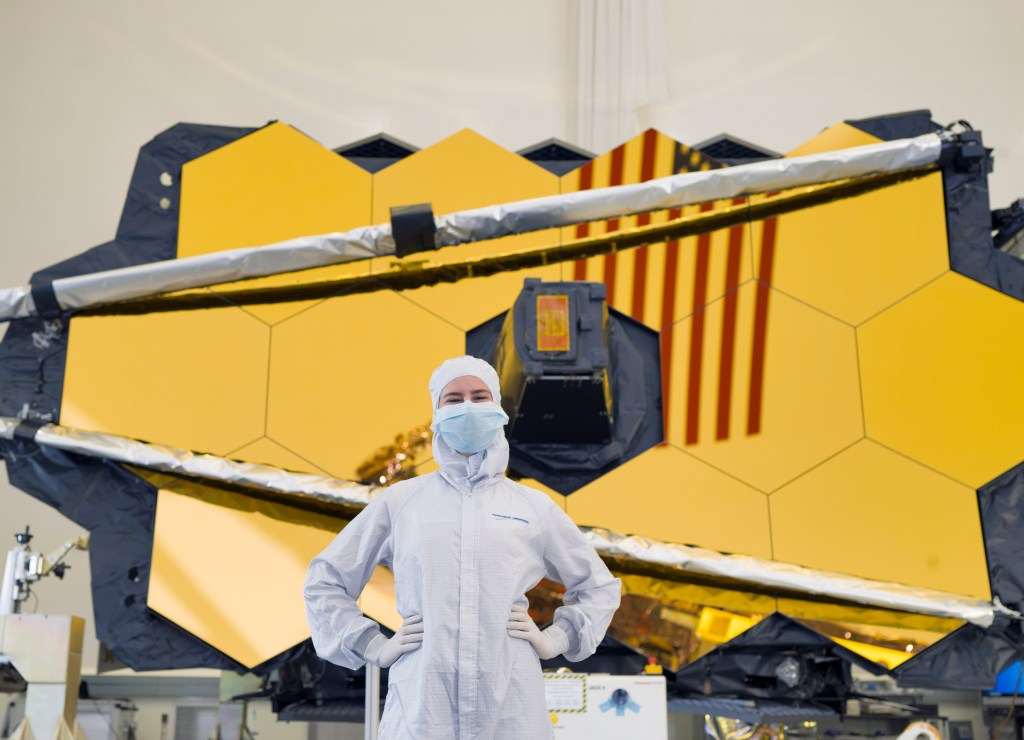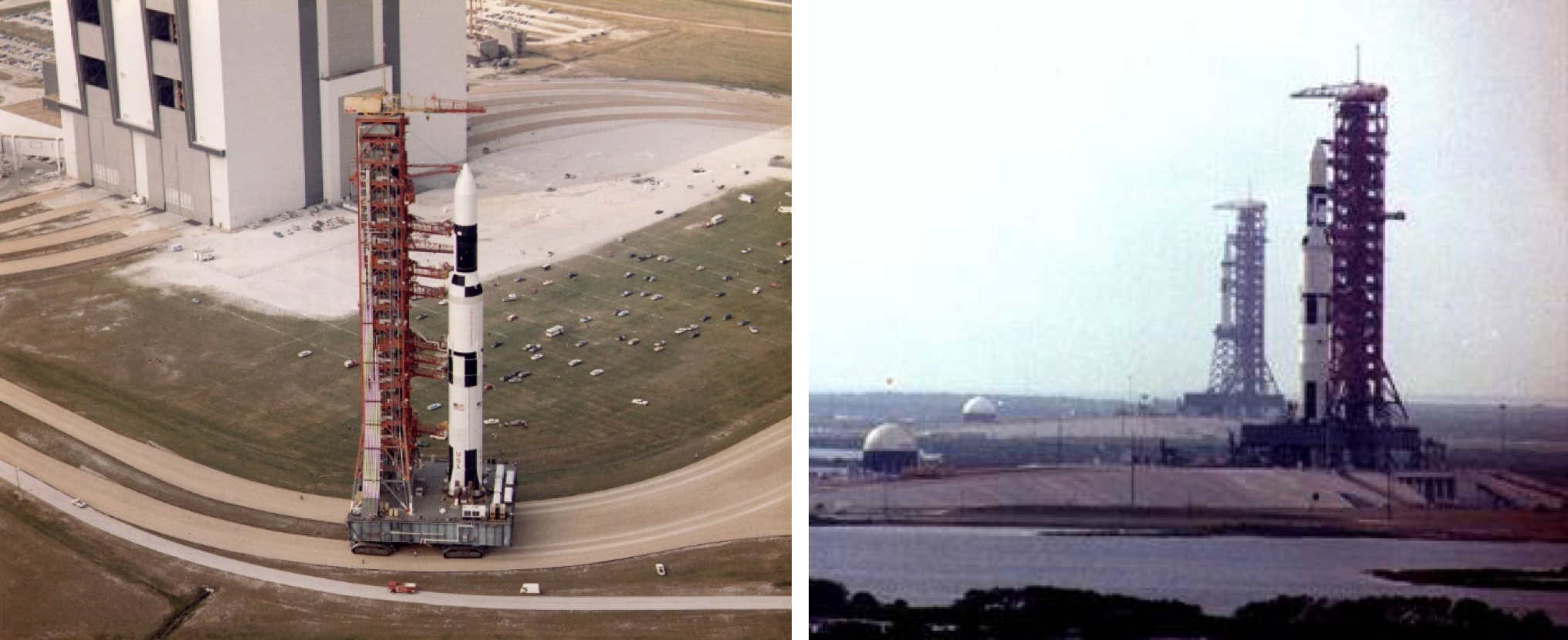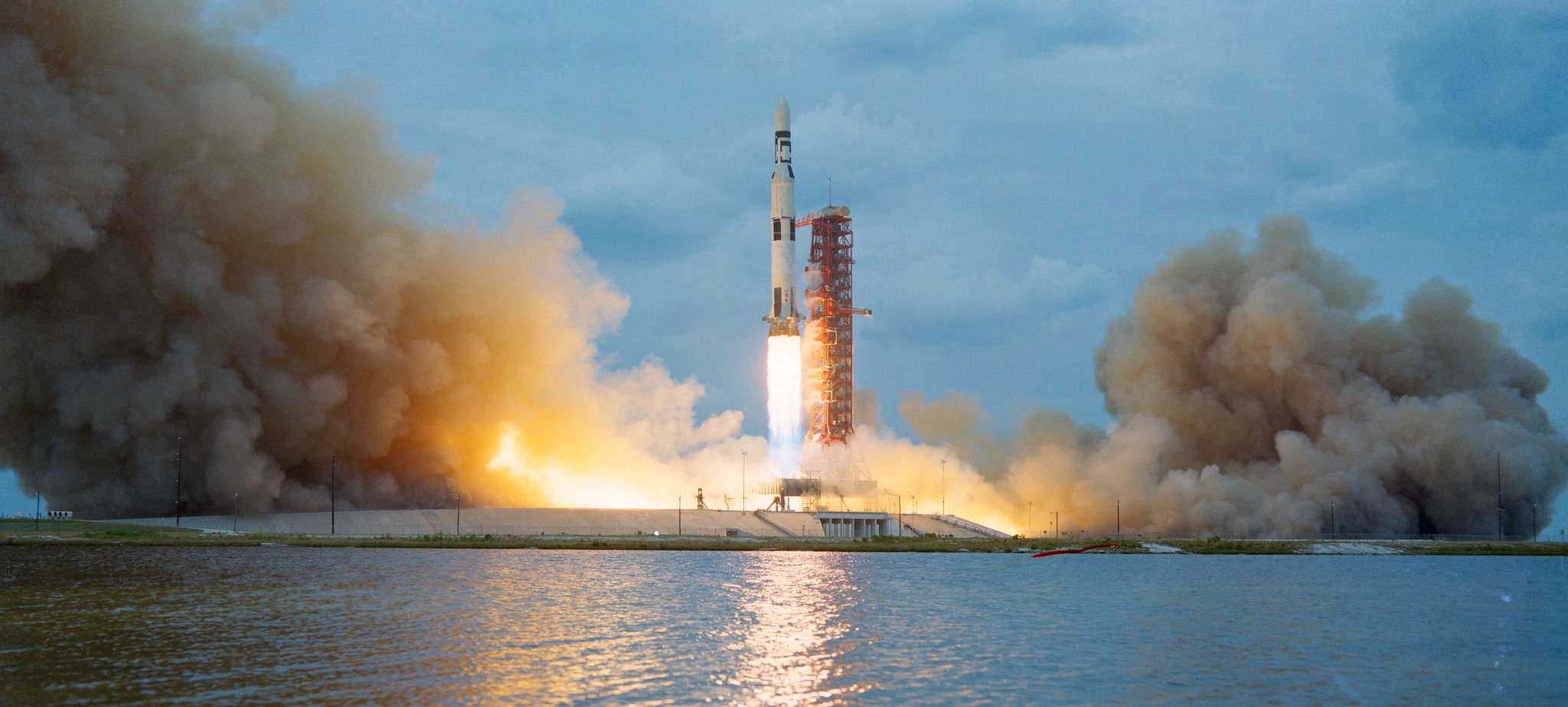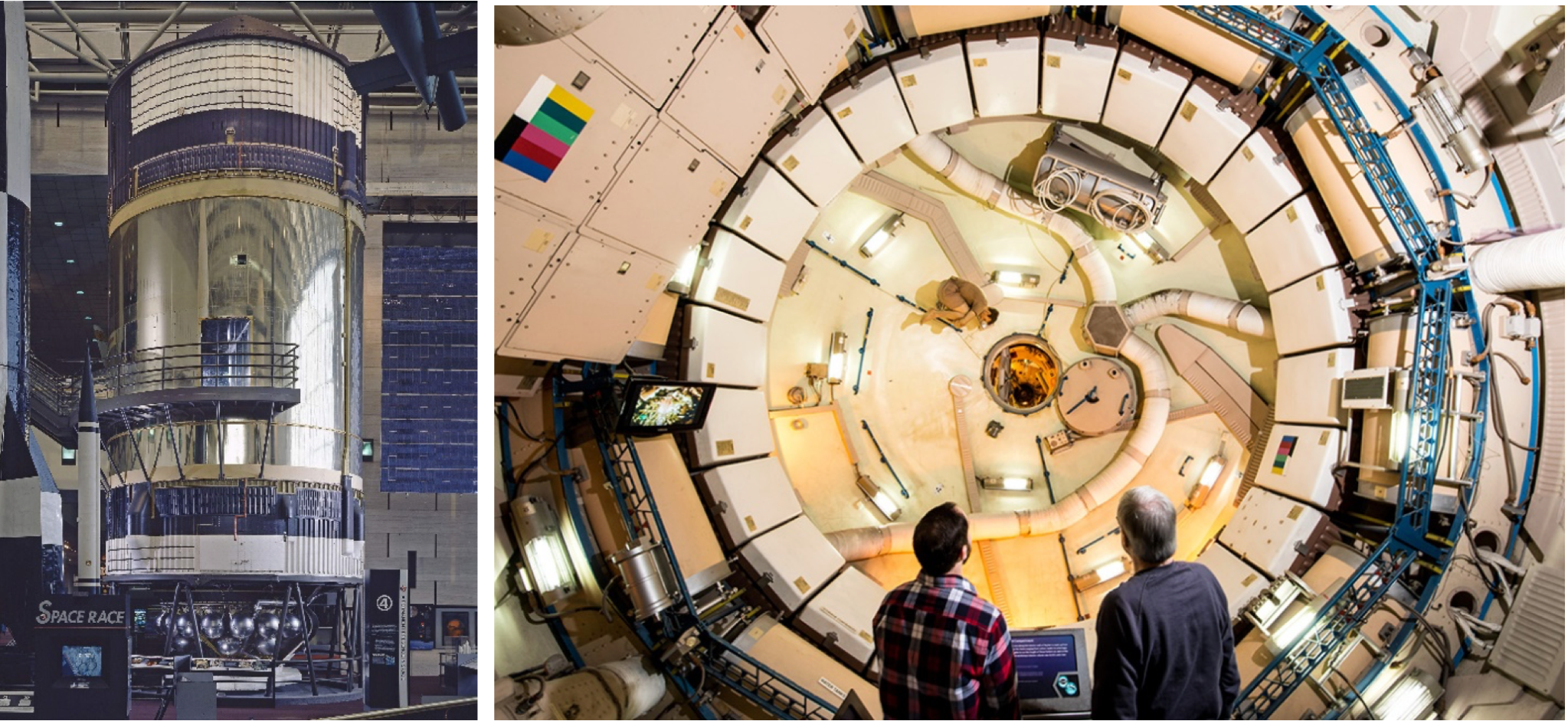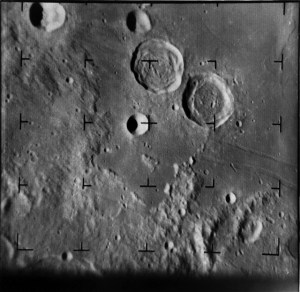Skylab was America’s first space station and first crewed research laboratory in space. Early visions of orbiting space stations predated the Space Age and the Soviet Union orbited its first experimental space station Salyut in 1971. The larger and more complex Skylab evolved out of the Apollo Applications Program of the late 1960s, which sought to repurpose any unused hardware from the Apollo Moon landing program.
The Skylab complex consisted of four major components: the Orbital Workshop (OWS), the Airlock Module (AM), the Multiple Docking Adapter (MDA), and the Apollo Telescope Mount (ATM). The Apollo Command and Service Module transported crews to and from Skylab and remained attached to the station throughout a crew’s occupancy. The OWS, converted from the upper stage of a Saturn rocket, served as the main working, living and sleeping compartment for the crews, and contained exercise equipment, a galley, and many of the scientific experiments, in particular for the life sciences studies. Two large solar arrays on the OWS provided 12.4 kW of power to the station. The AM enabled astronauts to conduct spacewalks, while the MDA included a prime and backup docking port for the Apollo spacecraft and housed the Earth Resources Experiment Package. The ATM contained telescopes for solar observations and four solar arrays for additional power. Once in orbit, the complex weighed 170,000 pounds, by far the heaviest spacecraft to date.
An unprecedented research laboratory in space, Skylab contained scientific equipment to conduct research in a variety of disciplines. Astronauts aboard the station conducted 270 experiments in biomedical and life sciences, Earth observations, solar astronomy and materials processing. Among the most important were investigations on the astronauts’ physiological responses to long-duration space flight. As originally envisioned, three successive three-person crews would spend 28, 56, and 56 days aboard the space station, launching in Apollo capsules atop Saturn 1B rockets. For the first time in human spaceflight, Skylab’s second docking port enabled a rescue capability. A second Apollo capsule carrying two astronauts could come to the aid of the resident three-person crew should their spacecraft become disabled, with all five returning to Earth in the new spacecraft.
On May 14, 1973, the final Saturn V rocket thundered off Launch Pad 39A at Kennedy Space Center to lift the Skylab space station into orbit. At first, all appeared to be proceeding normally, but at about 63 seconds into the mission, flight controllers in Houston observed the first signs of trouble. Telemetry indicated premature deployment of the micrometeoroid shield, designed to protect the station from debris and also act as a thermal blanket, and at least one of the OWS solar arrays, events that should have taken place only once the station was in orbit. Less than 10 minutes after launch, Skylab reached orbit, separated from the Saturn V second stage and began a preprogrammed sequence to deploy the solar arrays and the ATM. Controllers noted that while the ATM and its arrays deployed normally, indications were that the main OWS arrays did not and were only generating 25 watts of power. Furthermore, with the loss of thermal protection from the missing micrometeoroid shield, temperatures inside the station were steadily rising to levels that would be intolerable for the crew, harmful to delicate equipment and ruin onboard consumables. Overheating and underpowered, Skylab was in serious trouble. Flight controllers faced a daunting challenge. To maximize power generation by the ATM solar arrays, the best attitude was to orient them toward the Sun but this caused maximal heating on the orbital workshop. Conversely, the optimal attitude to minimize the heat loads on the OWS significantly reduced power generation. After a day or so, controllers arrived at a compromise attitude to balance these competing factors while engineers and astronauts developed more permanent solutions.
The launch of the first crew, planned to take place 24 hours after Skylab reached orbit, was delayed first by five days and, as troubleshooting continued, another five days until May 25. The crew, Commander Charles “Pete” Conrad, Pilot Paul J. Weitz, and Science Pilot Joseph P. Kerwin, flew back to Houston to begin training for what would become a seemingly impossible mission to rescue Skylab. Engineers, managers and astronauts at Marshall Space Flight Center and Johnson Space Center began working around the clock to find a solution to lower the station’s internal temperature and deploy the solar arrays to allow the Skylab program to continue.
NASA Administrator James C. Fletcher formed an investigation board to determine the cause of the failure of the micrometeoroid shield. They believed that the shield’s inability to withstand the supersonic air currents during launch was a contributing factor. Also, prelaunch testing focused on deployment of the shield in orbit, not surviving the aerodynamically stressful launch environment. Developers of the shield, the board concluded, did not spend enough time talking with aerodynamicists about the shield’s launch environment and its potential impacts on the hardware. Finally, managers treated the shield as a subsystem of the launch vehicle and therefore did not assign a dedicated project engineer to the shield to consider design and load concerns.
T
The backup Skylab OWS is displayed at the Smithsonian’s National Air and Space Museum in Washington, DC, while the Skylab training module is displayed at Space Center Houston.
Read Astronauts Paul Weitz’s and Joe Kerwin’s oral histories with the NASA Johnson Space Center History Office.

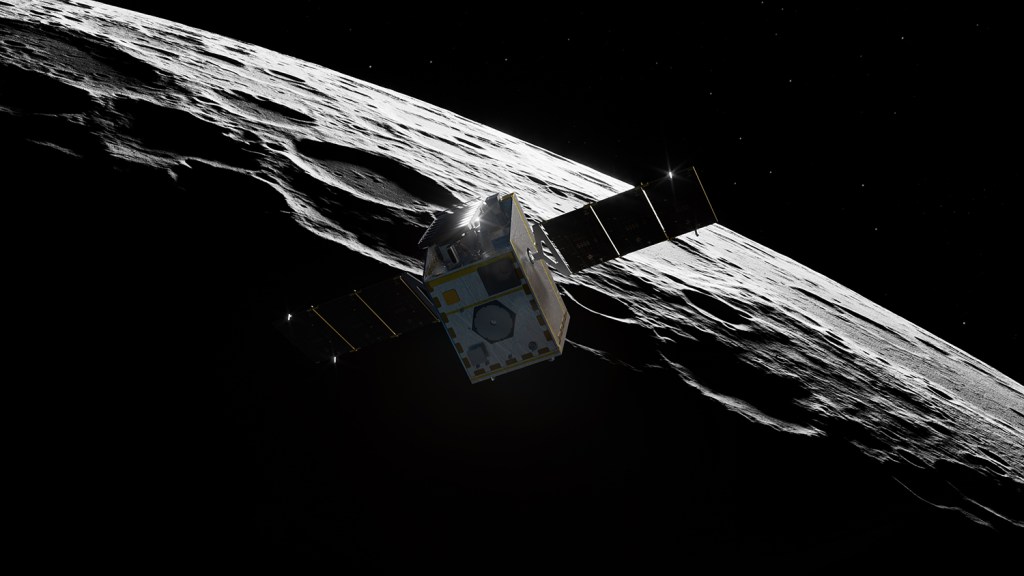







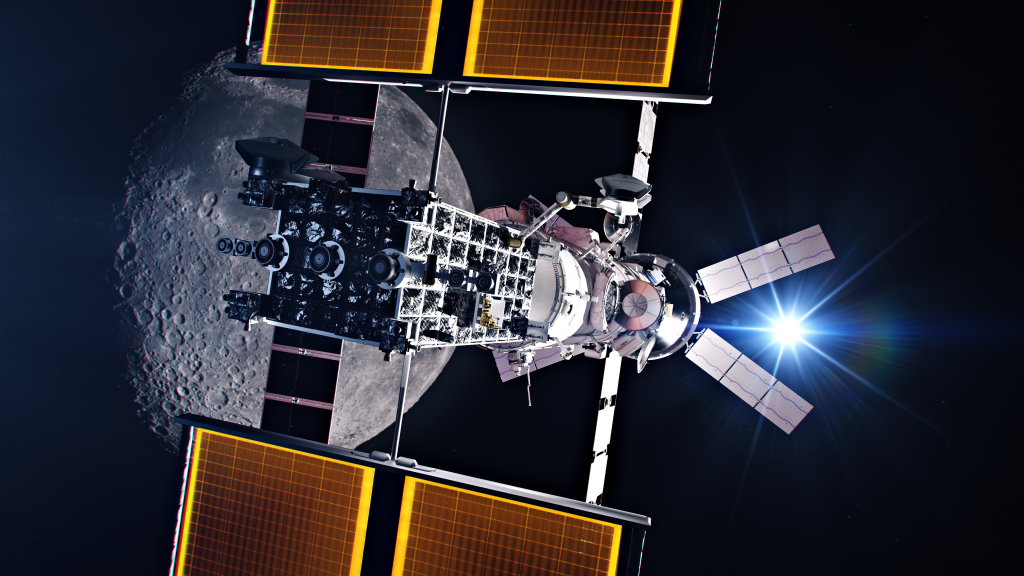




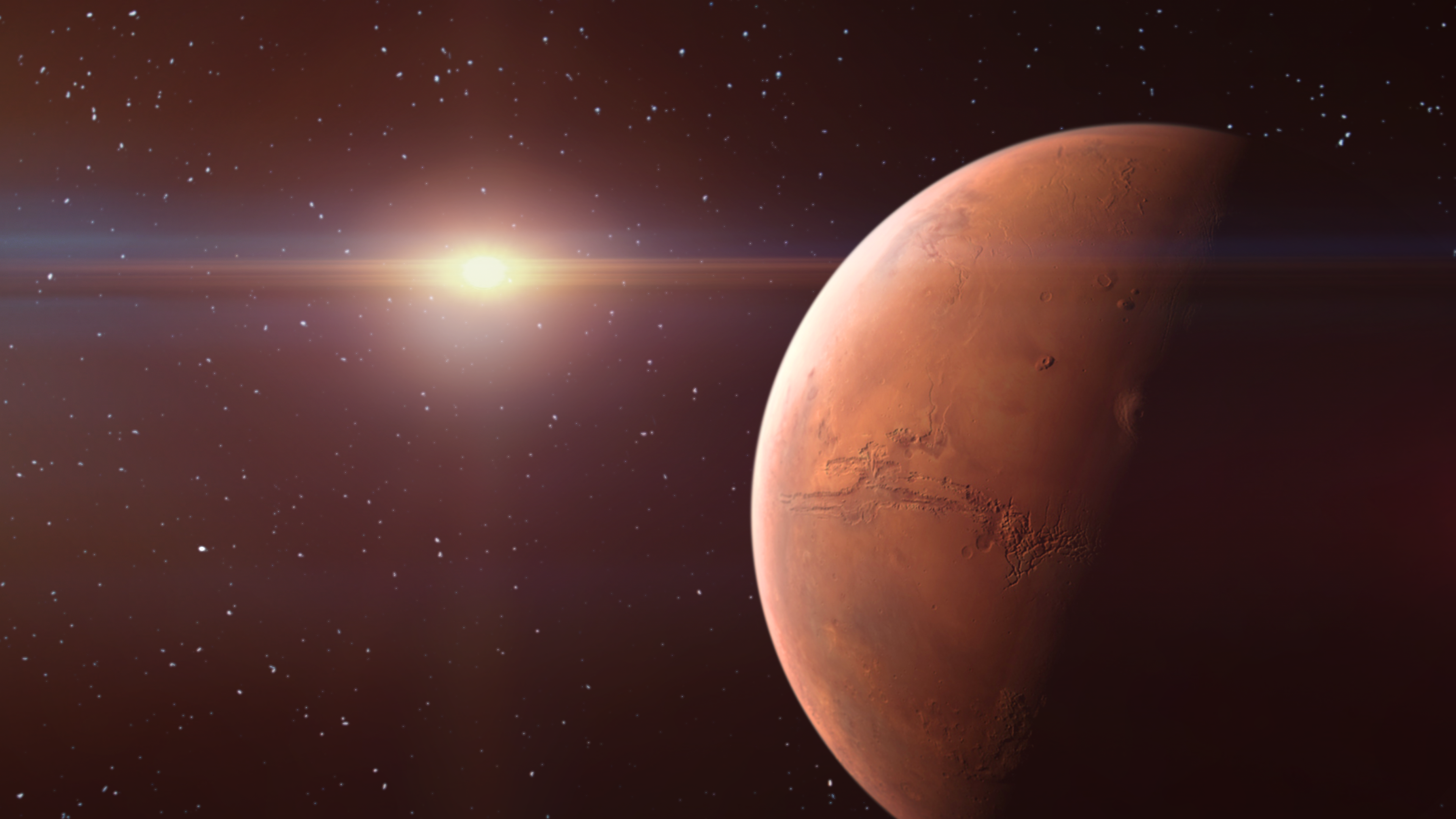

![In Memoriam: Jeff Dozier [1944–2024]](https://assets.science.nasa.gov/dynamicimage/assets/science/esd/earth-observer/2025/2025-in-memoriam/InMemoriam-Dozier1.jpg)
![In Memoriam: Berrien Moore III [1941–2024]](https://assets.science.nasa.gov/dynamicimage/assets/science/esd/earth-observer/2025/2025-in-memoriam/InMemoriam-Moore..jpg)







